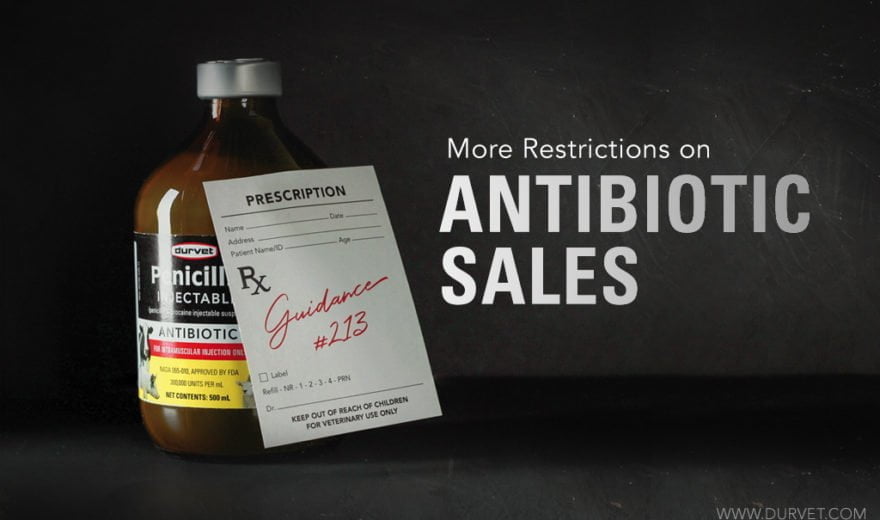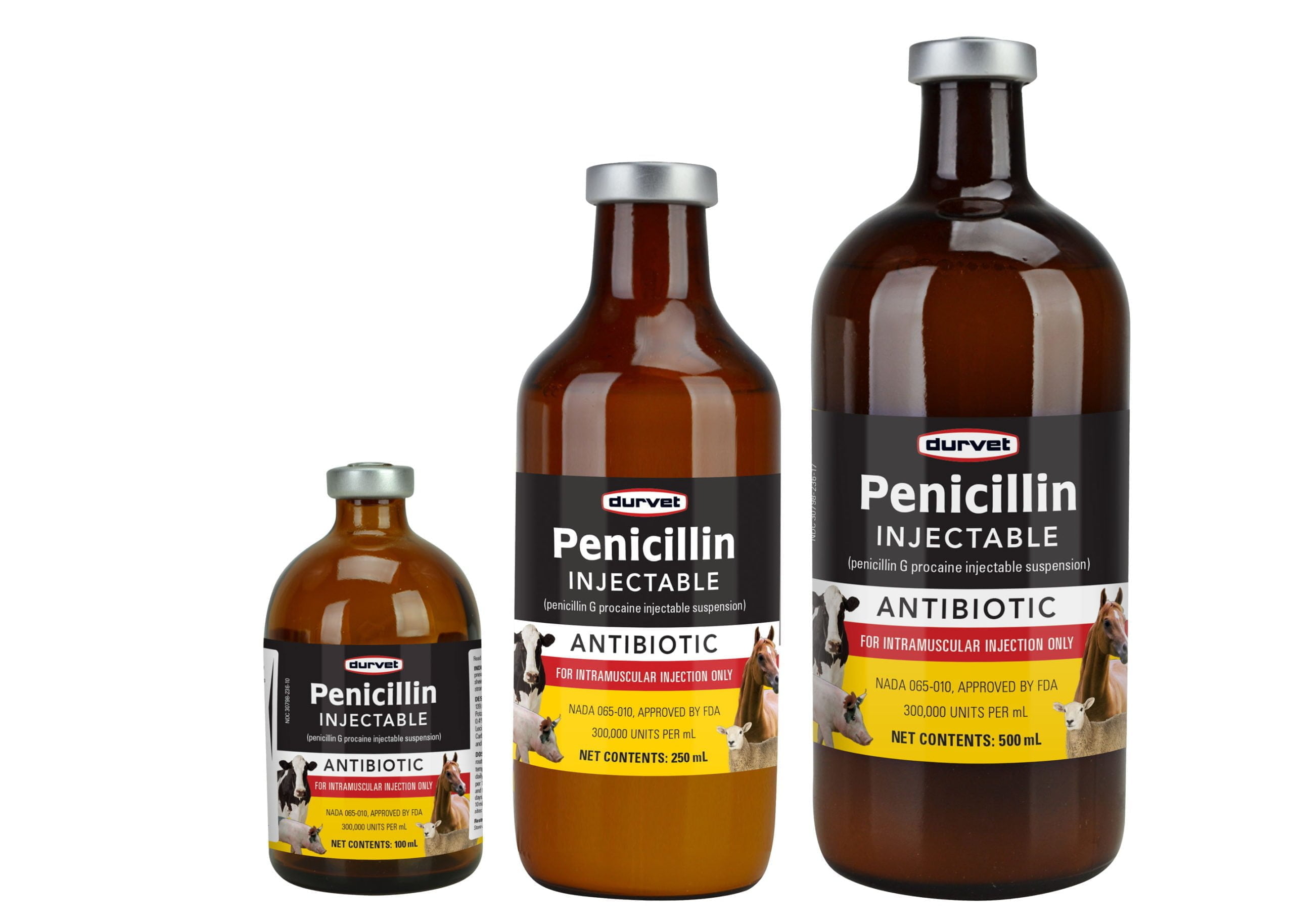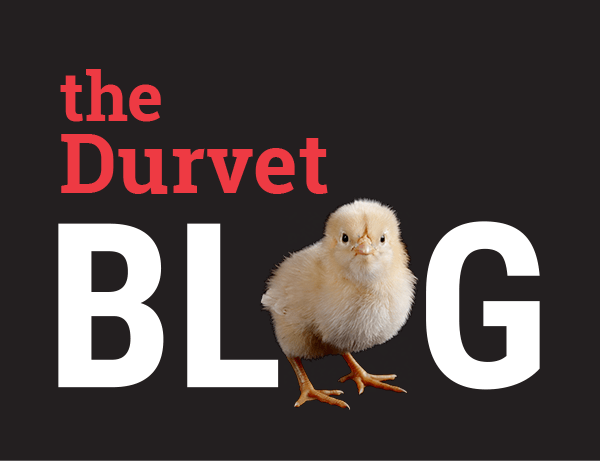
At the United Nations General Assembly in September, Secretary Alex Azar, U.S. Department of Health and Human Services (HHS), unveiled plans for a worldwide offensive against antimicrobial resistance. The initiative is known as “The AMR Challenge” is a far-reaching effort to slow antibiotic resistance. It will enlist forces from both the human and veterinary medical and pharmaceutical sciences. The HHS and the Centers for Disease Control and Prevention (CDC) will lead the global crusade, which calls for new vaccine development, judicious, effective use of antibiotics and practical environmental measures.
The first orders of the campaign will likely be issued by the FDA’s Center for Veterinary Medicine (CVM) command post, where further restrictions on the use of antibiotics in food animal production could be imposed. These new restrictions could directly impact you, as dealers, with additional antibiotic products no longer being available OTC.
In July, the CVM published a proposed rule in the Federal Register to include cephalosporins on its list of antibiotics with prohibited extra-label use. Cephalosporins would join a group of antibiotics– nitrofurans, chloramphenicol, nitroimidazoles, sulfonamides, glycopeptides, and fluoroquinolones – that were subjected to restrictive extra-label use when FDA Guidance #213 became law in early 2017.

Guidance #213 Refresher
You probably remember that up until January 1, 2017 about 99 percent of water-soluble and feed grade medications used in food animal production were available over-the-counter (OTC). After Guidance #213 went into effect, OTC accessibility of these medications dropped to 39 percent. Sixty-one percent required a Veterinary Feed Directive (VFD) or prescription from a veterinarian with whom the producer had some sort of business/client/patient relationship. The percentage of OTC accessibility is poised to drop even more with additional restrictions.
Guidance #213 Revisions
In the original GFI #213, issued January 1, 2017, the CVM stated that “in addition to veterinary oversight, the judicious use of antimicrobials should be linked to a specific etiologic (causal) agent and the antimicrobial should be administered for an appropriately targeted period, i.e., have a defined duration of use.”
However, the CVM has since determined that approximately 40 percent of approved medically important antimicrobial drug applications include at least one indication of use that does not have a defined duration of use. Therefore, the CVM is gathering information on this issue and intends to develop and implement a specific strategy for ensuring that all medically important antimicrobial drugs used in food-producing animals are labeled with an appropriately targeted duration of use.
GFI #213 brought all feed and drinking water uses of medically important antimicrobial drugs in food-producing animals under the oversight of licensed veterinarians. However, a limited number of other dosage forms of these drugs – injectable products – remain on the market as OTC products. Due to the AMR challenge initiative, the CVM plans to issue a strategy to bring the remaining medically important antimicrobial drugs also under veterinary oversight. This strategy will build on the model used in the implementation of GFI #213.
- The CVM figures approximately 95 percent of the total quantity of medically important antimicrobials sold or distributed are products that are approved for administration through animal feed and drinking water.
- The remaining 5 percent of medically important antimicrobials include products that are approved for routes of administration other than feed or drinking water.
- Some of these products remain available as OTC products, but the CVM plans to issue a strategy to bring the remaining medically important antimicrobial drugs under veterinary oversight.
- The strategy will build on the model used in the implementation of GFI #213.

 BACK TO MAIN BLOG
BACK TO MAIN BLOG 

Comment